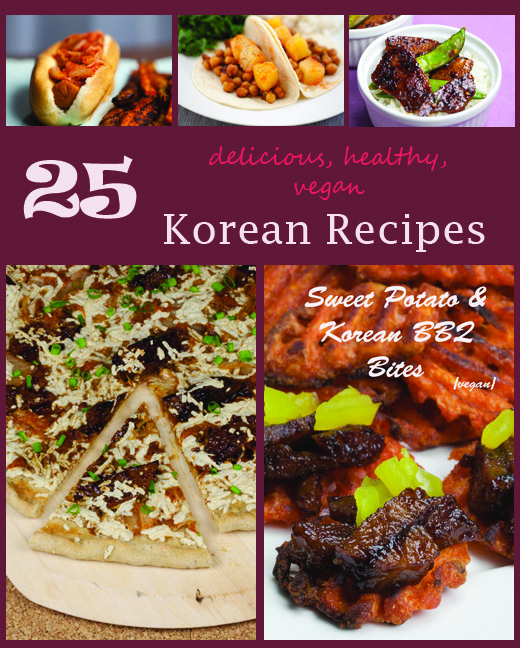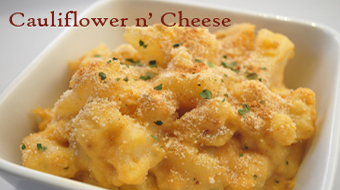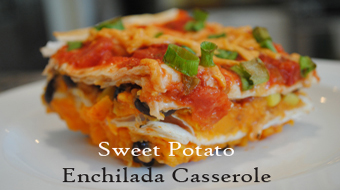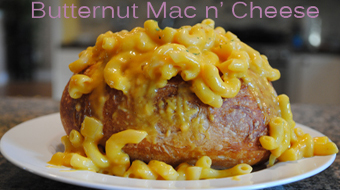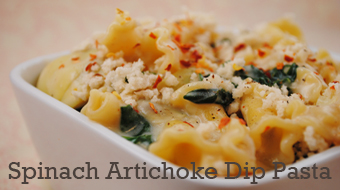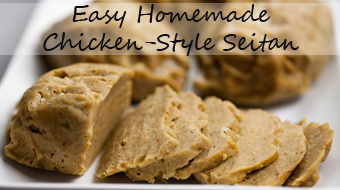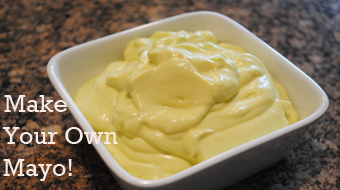Hello, readers! Today I’m bringing you a guest post from Jessica Loticus, a college student working on her capstone project. She also wants to help prevent the suffering of ducks and geese in inhumane food production- a goal we can all agree with! Please visit her website to learn more.
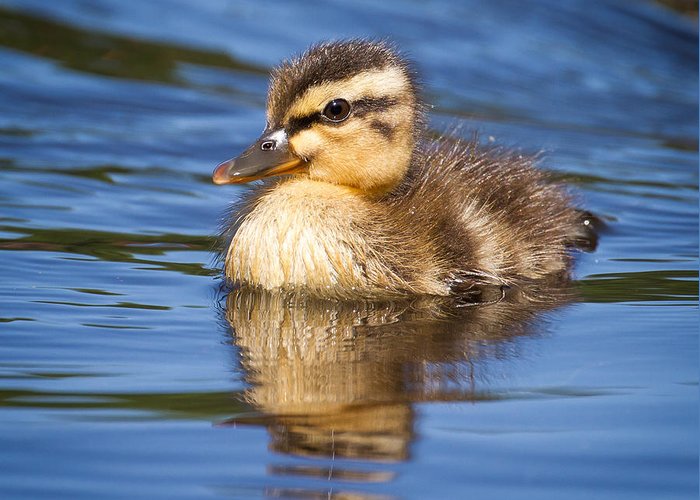
When you think of luxury foods, you’ll think of foie gras. Many consider it to be a delicacy, but would they still eat it if they knew how it was produced? If you don’t, read on to see what exactly foie gras is, how it’s made, and why it’s actually inhumane.
What Is Foie Gras?
Firstly, what exactly is foie gras? It’s usually the liver of a duck or goose that has overeaten, leading to the liver becoming fatty. In fact, the term ‘foie gras’ translates to ‘fatty liver’.
It first became a food product when farmers noticed that waterfowl would overeat before migration, increasing their fat stores. When they ate the birds, they saw that it modified the taste of them. Because of this, they decided to try and mimic the process with birds in captivity. With this, the delicacy of foie gras was created.
How Is Foie Gras Made?
So, how do farmers mimic this overeating process when creating this product? In short, they do it by force-feeding ducks and geese. They choose birds that create good fat reserves in their livers when they do this. Barbary and Mallard ducks are usually used, due to their docile nature. Geese are also used as they’re considered to be more of a delicacy.
To enlarge their livers, a process called gavage is used. A long metal tube is forced down the bird’s throat up to three times a day, to feed them a mixture of corn and fat. This is designed to inflate the liver up to 10 times its usual size. This can last from 12 to 18 days before the birds are slaughtered for their livers.
Why Foie Gras Is Inhumane
The process of creating foie gras is in itself inhumane, as force-feeding is unethical behavior. There are lots of reasons why you would want to avoid it:
Injury to birds: When being force-fed, it’s very common for birds to be injured during the process. If they’re kept free-range, they have to be chased down and held between a worker’s knees as they’re fed. They have to feed hundreds of birds, so this is done quickly and roughly. They can suffer bruising to their bills, ruptured organs, and damage to their esophagus during this process. They can even suffer broken bones and death due to the way they’re fed.
Distress and trauma: As you would imagine, being force-fed three times a day is going to be distressing to any animal. As they can’t exhibit natural behaviors, they become stressed and frantic when they’re kept in captivity. They will avoid areas where they have been overfed and will become visibly frightened when they see unfamiliar handlers.
Behavioral restrictions: When birds are not being fed, they’re often kept confined to cages. These are so small that birds aren’t able to move in them. They aren’t able to groom themselves, leading to infections. They’re often left covered in the feed from prior feedings, too.
As they’re trapped in these cages, they can’t engage in natural behaviors such as swimming, socializing, and flying. They’re even kept in dimly lit rooms to keep them from investigating their surroundings. As they aren’t able to swim, they can’t regulate their temperature so many die of heatstroke.
Is Foie Gras Illegal?
In many countries, it is thankfully illegal to produce foie gras. Countries such as Austria, Denmark, Germany, Sweden, and the UK have banned the production of it. In addition, India has banned the importation of it, so it’s illegal to sell the substance anywhere in the country.
In the US, several states have banned foie gras. California was the first state to ban it in 2004 but actually lifted it in 2012 to allow producers to find more ‘humane’ methods. Right now though, the ban is still in effect. In 2019, the Supreme Court rejected a proposal to lift it, so a violator can be fined $1,000 per violation.
As you’ve seen, the production of foie gras is needlessly cruel to birds, creating all kinds of suffering during their short lives. It’s because of this that it’s banned in many countries around the world. Now that you know this, you can make better choices when choosing your next meal.

 Follow
Follow



